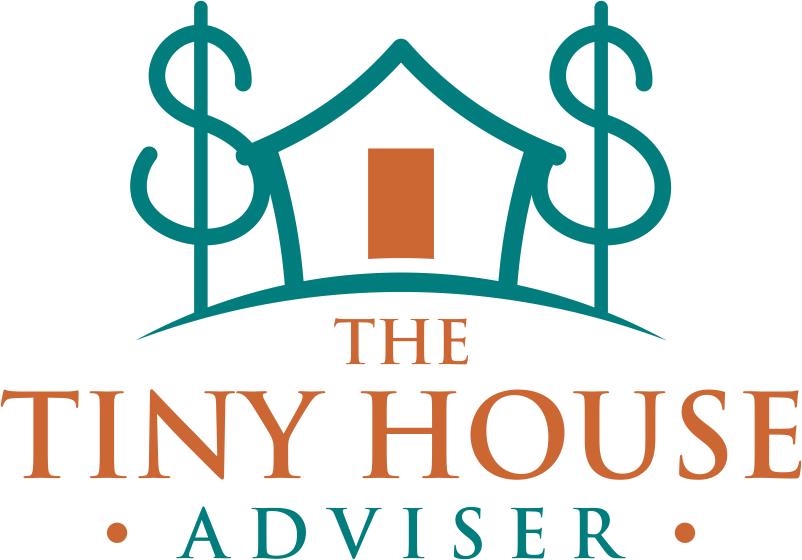EP 83: Tiny Living & Financial Freedom: My 2024 Reflection Journey
Tiny living has captured the imagination of many, but it’s not just about downsizing—it’s a mindset shift. In this episode of the Less House More Moola podcast, Laura Lynch reflects on her transformative journey and interviews Amanda Acuna, who shares her family’s firsthand experience of transitioning to tiny living. Let’s dive into the key takeaways and lessons from their discussion.
The Brave and Independent Mindset for Tiny Living
Tiny living requires courage. It’s about embracing change, challenging societal norms, and thinking independently. Many people fear letting go of “stuff,” equating possessions with security. But as Laura and Amanda illustrate, the real freedom comes when you focus on what truly matters: experiences, relationships, and personal growth.
Financial Freedom Through Reduced Expenses: Why Financial Planning Matters
Living tiny isn’t just a lifestyle choice—it’s a financial strategy. By minimizing expenses such as rent or mortgage payments, utilities, and maintenance, tiny living paves the way for financial independence. Laura emphasizes the importance of creating a solid financial plan before making the leap. Whether it’s saving for a tiny home or managing ongoing costs, strategic planning ensures long-term success.
Overcoming Fear and Limiting Beliefs
Fear often holds people back. Amanda shares how her family addressed their doubts, choosing to prioritize their dreams over their fears. This involved deep self-reflection, community support, and practical steps like downsizing gradually.
Community Support, A Pillar of Tiny Living: Building Connections in a Tiny House Community
Community plays a vital role in the success of tiny living. Amanda highlights how joining a supportive network of like-minded individuals helped her family adjust. These connections offer emotional support, share resources, and foster a sense of belonging, making the transition smoother.
Aligning Life Choices with Personal Values: Living with Intention and Appreciation for Nature
Intentional living is at the heart of the tiny living movement. By choosing simplicity, you can focus on what aligns with your core values. Laura reflects on how tiny living has helped her connect deeply with nature, encouraging her to adopt a slower, more mindful pace of life.
Family Dynamics and Tiny Living with Kids: Space vs. Connection: What Truly Matters
Amanda’s experience underscores that while space is limited in a tiny home, the sense of connection grows stronger. Instead of separate rooms and distractions, families bond through shared activities, meals, and conversations.
The Benefits of Outdoor Experiences for Children
Children thrive in environments where they can explore and connect with nature. Amanda shares how her kids’ creativity and resilience blossomed through outdoor play and community interactions, offering them lessons no traditional classroom could replicate.
Conclusion: A Holistic Approach to Tiny Living
Tiny living is more than just a smaller footprint—it’s a holistic lifestyle that emphasizes independence, financial freedom, and meaningful connections. By reflecting on your values, embracing change, and planning carefully, you can find joy and fulfillment in living tiny. As Laura and Amanda’s journeys show, this path isn’t without challenges, but the rewards—financial stability, personal growth, and stronger relationships—are worth every step.
Quotes from the episode
“There’s so many different ways to do this lifestyle”
“We’d rather live in a small house that we loved”
“It’s easier to live a holistic lifestyle out here.”
Subscribe to the podcast
Apple Podcasts | Spotify | Stitcher | Amazon Music | Google Podcasts | RSS
